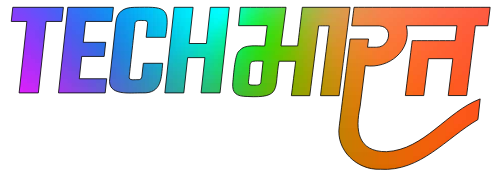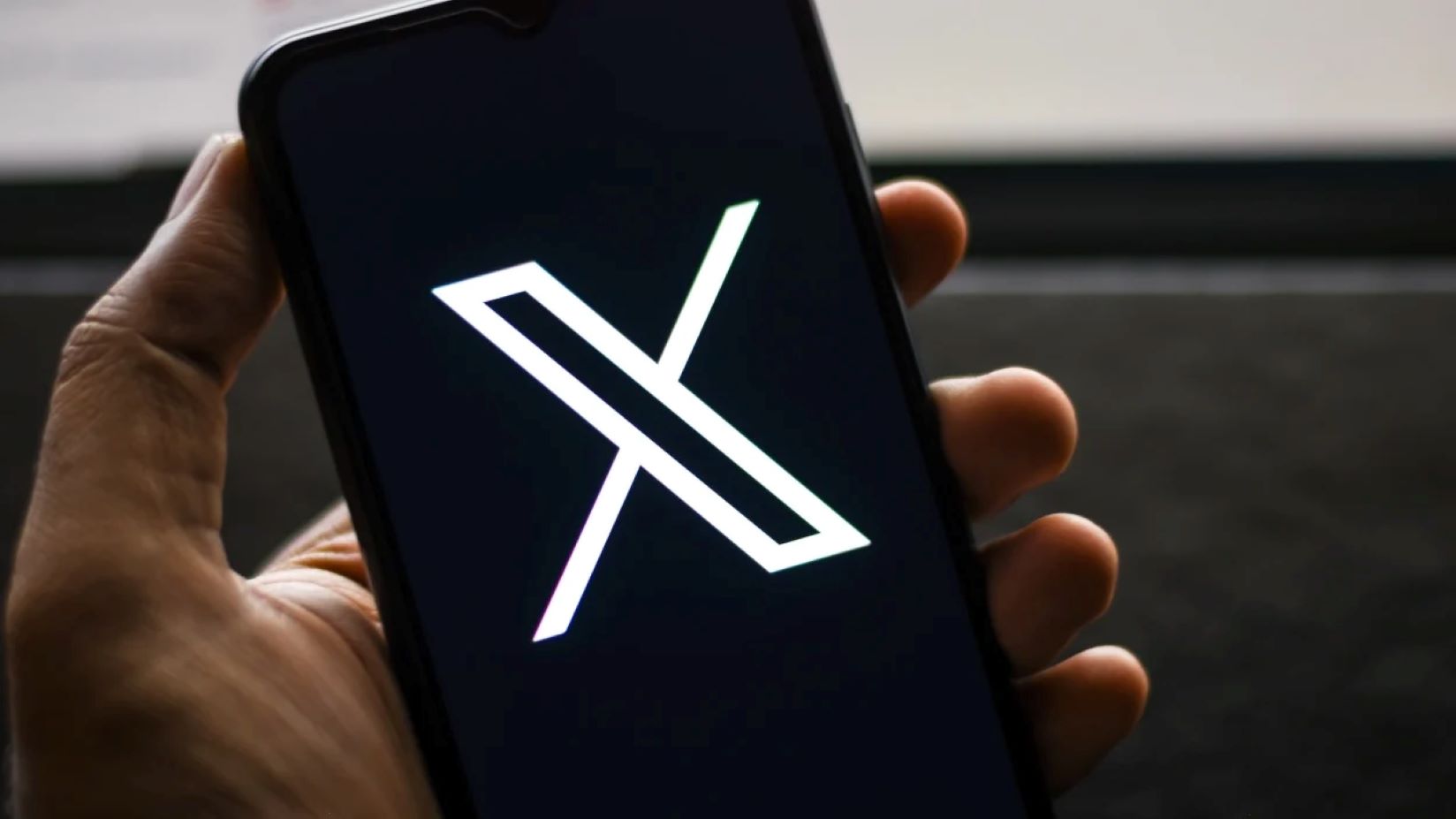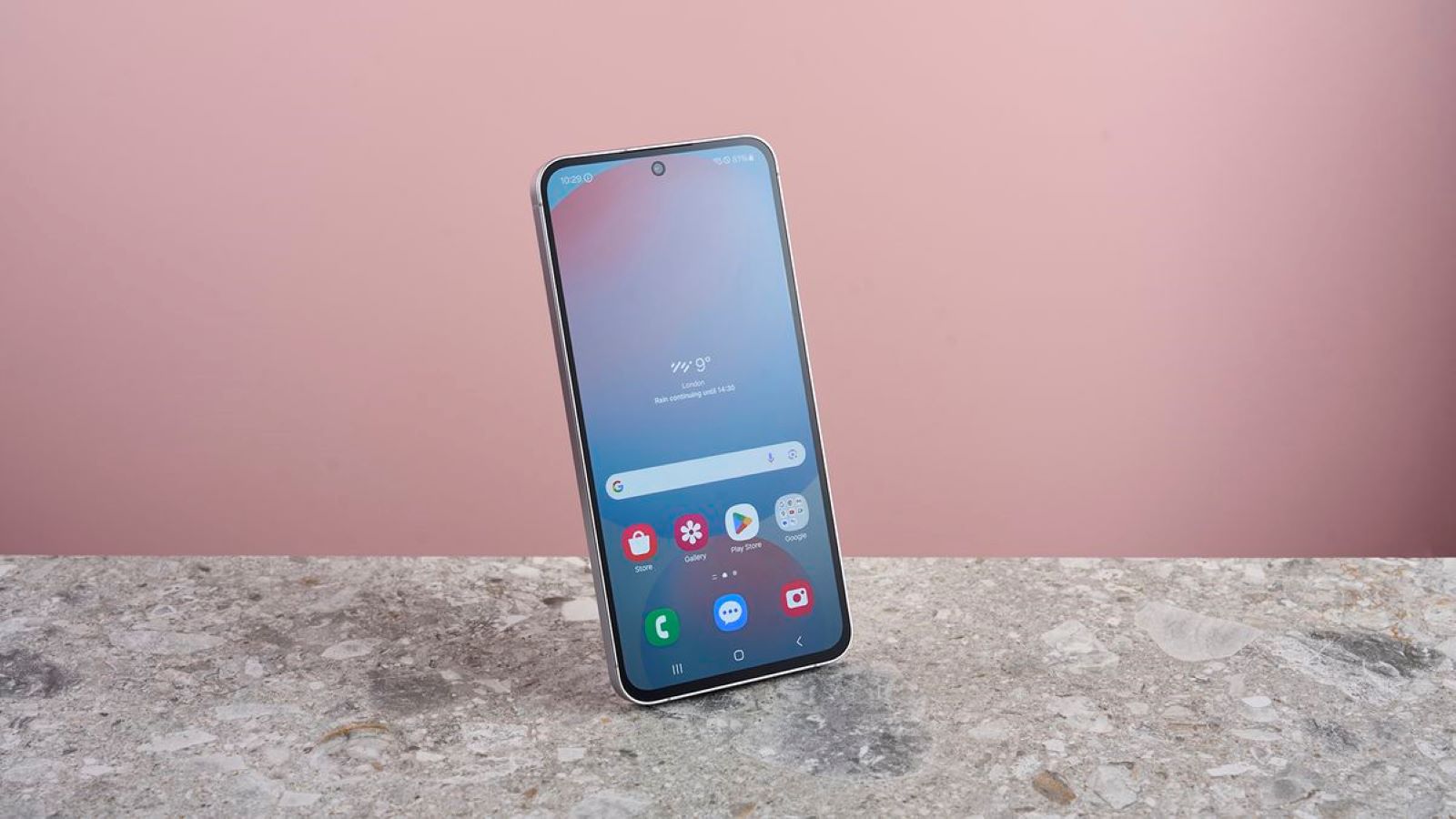On July 3, 2025, social media platform X (formerly Twitter) received instructions from India’s Ministry of Electronics and Information Technology (MeitY) to block 2,355 accounts nationwide—including @Reuters and @ReutersWorld—under Section 69A of the IT Act. X claims the instruction demanded action within one hour and warned of criminal consequences for non-compliance. The affected Reuters accounts were restored by late July 6 following public pressure.
Key Takeaways
- Blocking directive: India allegedly directed X to block thousands of accounts, including Reuters handles, immediately on July 3.
- India denies fresh orders: MeitY maintains that no new instructions were given on July 3 and acted to unblock Reuters soon after.
- Delay in restoring: Government officials say X delayed unblocking by over 21 hours, citing “technicalities”.
- Press freedom concerns: X brands this move as “ongoing press censorship” and is weighing legal recourse—though it faces limits under Indian law.
What does Section 69A allow?
The IT Act, 2000, empowers India’s Centre to issue directions to block online content if it threatens national security, sovereignty, public order, or friendly foreign relations. Compliance is mandatory and failure can lead to imprisonment up to seven years and fines.
X’s perspective
X’s Global Government Affairs handle stated that on July 3, MeitY issued a formal takedown request under Section 69A, demanding immediate blocking without content justification, and saying non-compliance would lead to criminal liability. It also mentioned that only after “public outcry” did the government ask for unblocking Reuters accounts.
X expressed worry that such actions amount to press censorship in India and said it would explore legal responses. It noted that, unlike Indian users, the platform itself cannot directly challenge these orders under Indian law, and urged affected users to pursue legal remedies.
Government’s response
India’s MeitY disputed X’s narrative. A spokesperson stated, “The Government has not issued any fresh blocking order on 3rd July, 2025 and has no intention to block any prominent international News Channels including Reuters and ReutersWorld”.
Officials said that once Reuters handles were blocked, the government immediately pressed X to restore them. MeitY alleged that X unnecessarily delayed for over 21 hours by exploiting procedural technicalities, despite persistent follow-up from the late night of July 5 until unblocking after 9 pm on July 6.
A senior industry source characterized the July 3 notice as a general directive—part of broader removals after an uproar over unblocking Pakistan-linked accounts—not a targeted order against Reuters. Any inclusion of Reuters in that notice was incidental, not intentional.
Broader context
This latest episode continues a pattern. In March 2025, X legally challenged India’s “Sahyog” portal and Section 79(3)(b) in Karnataka High Court, calling it an unauthorized censorship mechanism bypassing Section 69A safeguards.
Rights organisations have long criticised India for frequent takedown demands. From 2014 to 2020, over 27,800 orders targeted more than 40,400 online items; in 2020 alone, there were nearly 9,850 such orders affecting 13,000 items.
Indian authorities defend these actions as essential to curb misinformation in a country where mobile internet is widespread and low-cost. But critics say the lack of transparency undermines freedom of speech and press.
Why this matters
- Press freedom: Blocking global news agency accounts raises serious questions about India’s commitment to open media.
- Platform autonomy: X’s legal challenges test the limits of platforms’ ability to contest government orders in India.
- Legal transparency: Calls grow for clearer, more transparent processes around takedown orders and appeal mechanisms.
- User impact: Millions of Indian users momentarily lost access to key international news updates.
FAQs
Q1: What is Section 69A of the IT Act?
It lets the Indian government block online content if it’s deemed harmful to national security, public order, sovereignty, or foreign relations, with mandatory compliance and penalties for defiance.
Q2: Did India really block Reuters on July 3?
X says so, claiming it received a takedown directive on July 3. The Indian government denies issuing any fresh orders that day and says it urged X to restore access immediately after Reuters was blocked.
Q3: Why the 21‑hour delay in unblocking?
The government alleges X used procedural loopholes to delay restoration. X counters that legal complexities under the Act limited its speed.
Q4: Can X legally challenge India’s order?
X said it’s restricted by Indian law from directly challenging such executive orders and emphasizes affected users should pursue legal steps.
Q5: What does this mean for online speech in India?
The clash highlights friction between government regulation and global platforms, spotlighting ongoing debates on freedom of expression, transparency, and digital governance in the country.



















